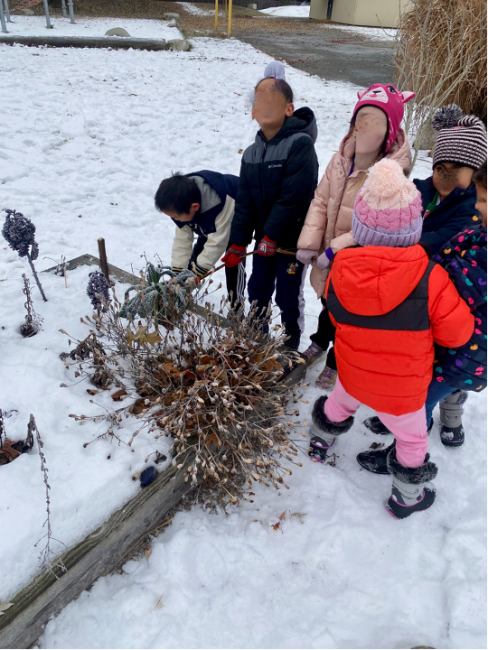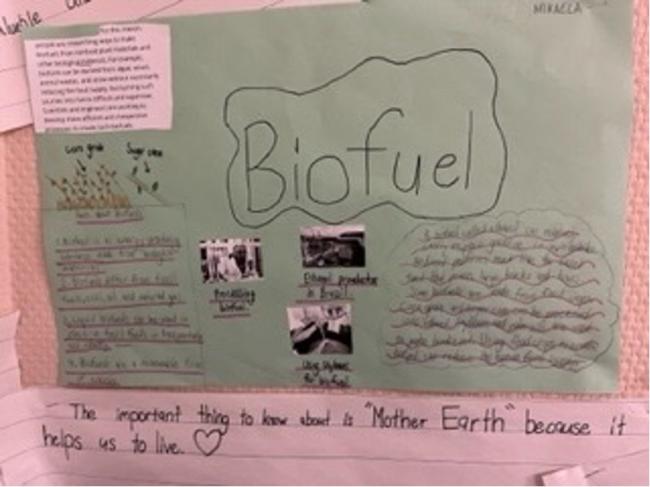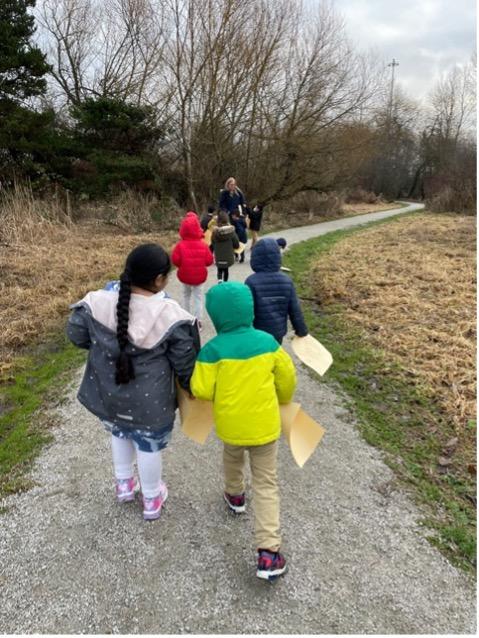Blundell Elementary School celebrated Orange Shirt Day with a moving event that brought together students and staff to honour the Indigenous children who were placed in residential schools throughout Canada. As part of the assembly, the Coastal Wolf Pack, a First Nations dance group that included Blundell students, performed a powerful dance that spoke to the experiences of Indigenous peoples. Through their performance, the Coastal Wolf Pack became the central narrator of the event, sharing their stories and perspectives with the audience.
The event was a meaningful opportunity for everyone to learn about the history and legacy of residential schools and to show a collective commitment to ensuring that Every Child Matters. The performance by the Coastal Wolf Pack was met with awe and appreciation from their peers, who recognized the courage it took to perform in front of the school.
By acknowledging the painful history and committing to reconciliation, we can create a better future for all. We hope this video inspires others to learn and understand the truth of our history and the ongoing impacts of residential schools."


